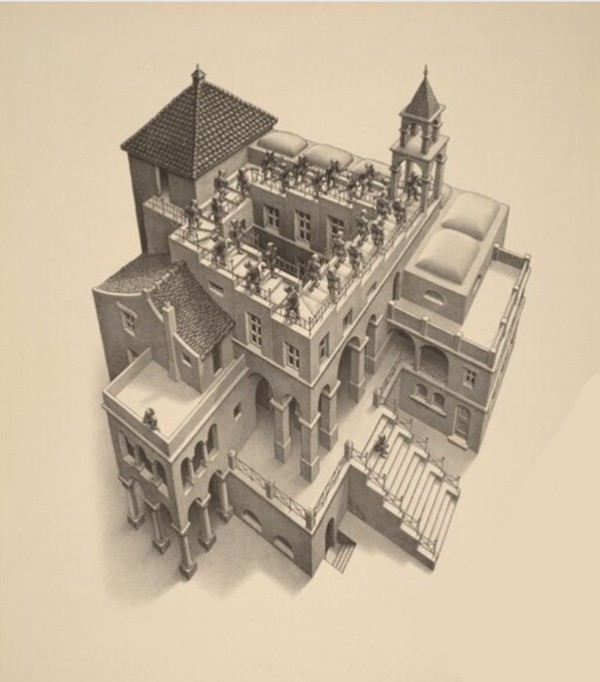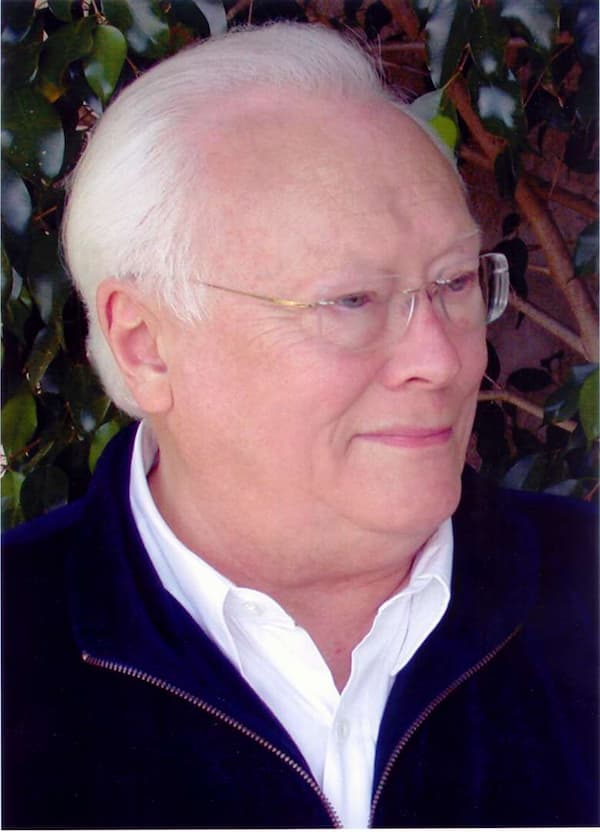The French composer André Jolivet (1905–1974) was the sole pupil in France of the composer Edgar Varèse (1883–1965). Jolivet was the son of an artist and pianist and from his parents, soon excelled in both fields. One of his music teachers, Paul Le Flem, thought Jolivet’s real strength was in music and encouraged that artistic side of him. After Jolivet discovered atonal music hearing his first concert of the music of Arnold Schoenberg, Le Flem recommended him as a student for Varèse, who taught him in musical acoustics, atonal music, sound masses, and orchestration.
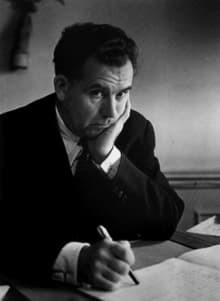
André Jolivet in 1930
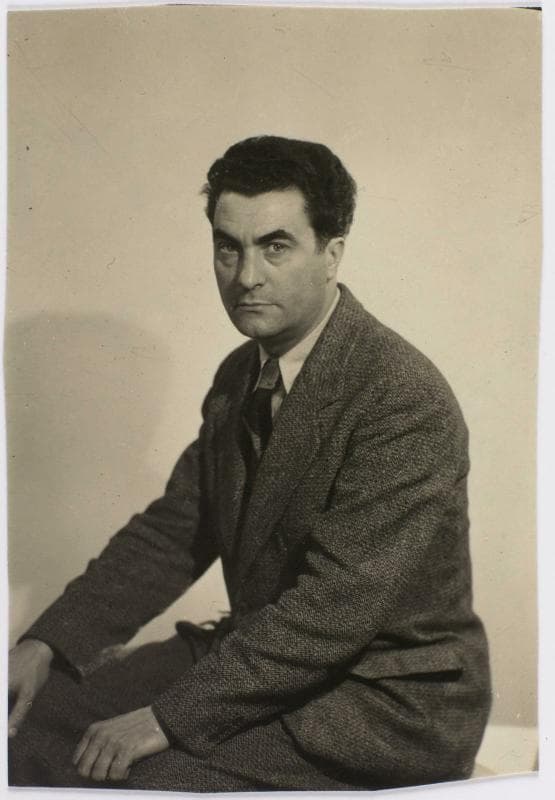
Man Ray: Edgar Varèse, ca. 1930 (Paris: Centre Pompidou)
When Varèse moved permanently to the US in 1933, Jolivet wrote the work Mana in his honour. The beginning of Jolivet’s ‘magic’ period, Mana was part of Jolivet’s life-long effort at bringing music back to ‘its original, ancient meaning, when it was the magical, incantatory expression of the religious beliefs of human groups’. ‘Mana’, in the mythology of Oceania, is a spiritual life force energy that permeates objects and people. Jolivet took six objects that Varèse left in Paris and used them as the basis for his six-part piano work. The music doesn’t represent the objects themselves, but the power they have on the people around them.

Alexander Calder: Edgar Varèse, ca. 1930 (New York: Whitney Museum of American Art)
The pieces are six sculptures, four by anonymous creators, and two by Alexander Calder.
The first, Beaujolais, is not a bottle of wine but, instead, an articulated puppet. It was cut from the board and then covered in copper.
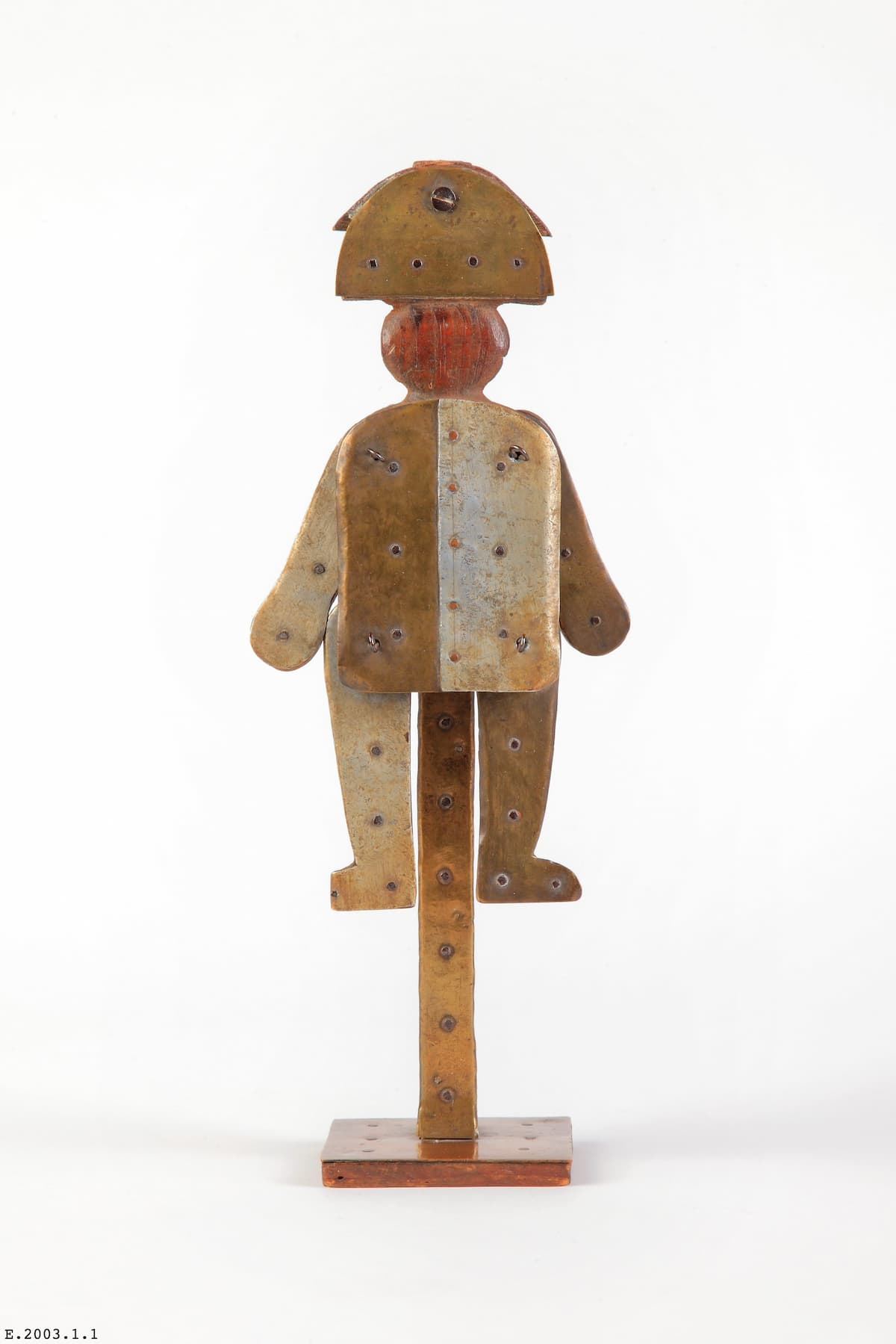
Beaujolais (photo by Pauline Daniel) (Musée de la Music, Philharmonie de Paris)
André Jolivet: Mana – No. 1 Beaujolais (Maroussia Gentet, piano)
L’oiseau is a metal sculpture by Alexander Calder (1898–1976), dating from around 1930. It was cut from a metal plate and then fixed onto a square base.
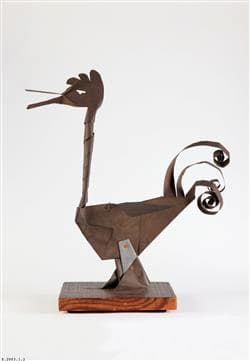
Alexander Calder: L’oiseau (photo by Pauline Daniel) (Musée de la Music, Philharmonie de Paris)
André Jolivet: Mana – No. 2. L’oiseau (Maroussia Gentet, piano)
The Princess of Bali is a statuette of a woman made of wood shavings and straw, complete with earrings and tiara.
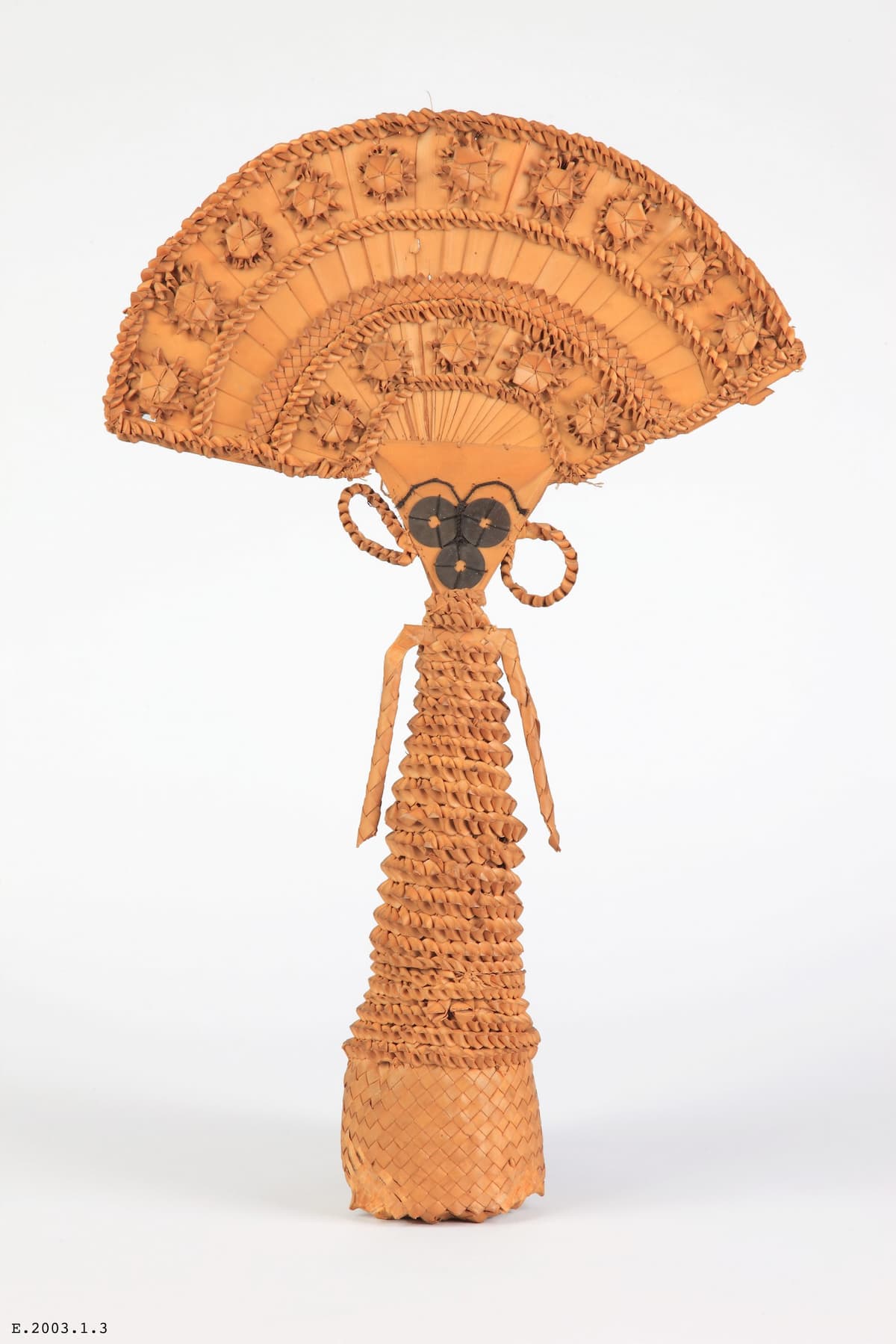
La Princess de Bali (photo by Pauline Daniel) (Musée de la Music, Philharmonie de Paris)
André Jolivet: Mana – No. 3. La princesse de Bali (Maroussia Gentet, piano)
The Goat is a straw goat from Sweden.

Le chèvre (photo by Pauline Daniel) (Musée de la Music, Philharmonie de Paris)
André Jolivet: Mana – No. 4. La chèvre (Maroussia Gentet, piano)
La vache is another Calder work from around 1930, formed of a dark wire with contrasting yellow wire at the nose, on the legs and other places. This was made at a time when he was also involved in creating his wire circus (Cirque Calder) from wire and found objects.

Calder: La vache, ca 1930 (photo by Pauline Daniel) (Musée de la Music, Philharmonie de Paris)
André Jolivet: Mana – No. 5. La vache (Maroussia Gentet, piano)
Pègase is another animal figure from Sweden. It was a figurine of a little horse made of raffia with a blue mane. It doesn’t have wings as a proper Pegasus should but in the hands of a small child or an imaginative owner, it could fly.

Pégase (photo by Pauline Daniel) (Musée de la Music, Philharmonie de Paris)
André Jolivet: Mana – No. Pégase (Maroussia Gentet, piano)
The works were given to Jolivet by Varèse when he left for New York and they are now in the collection of the Musée de la Musique at the Philharmonie de Paris.
For Jolivet, they were an opportunity to create music that went beyond the images and carried the listener back to the effect that those images had on the viewer.
For more of the best in classical music, sign up for our E-Newsletter



